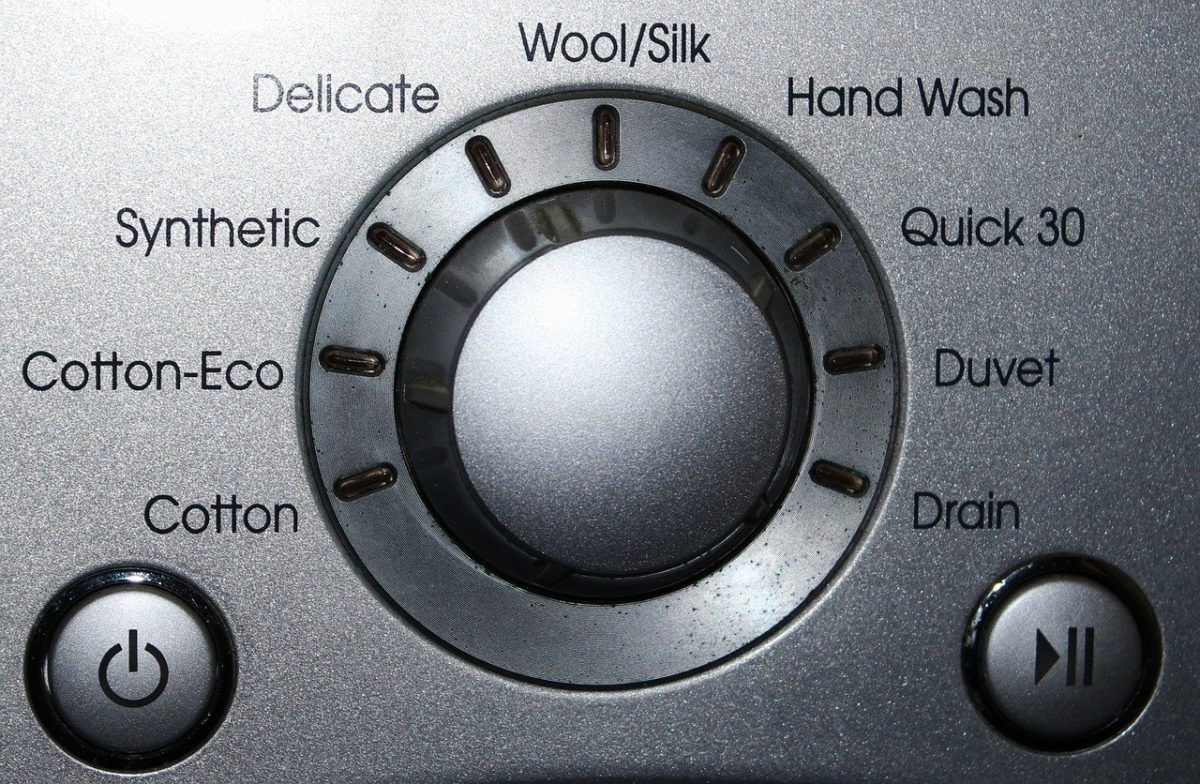Despite increasing sophistication, washing machines have a limited number of washing cycles. Attempts have been made to ensure that there is a cycle suitable for all types of clothes but in truth, once a pile of washing has been categorised, placed in the machine and the program selected, all the clothes get the same treatment, regardless. It will be fine for some of the items but less so for others.
So it is with some school improvement services. They sort the schools into groups, select the setting and off the cycle goes. Machine like with no capacity to adapt the service to the individual school, they are programmed, and their systems and processes cannot be changed. Once the school has been categorised and placed in the ‘schools causing concern cycle’ there is no escape.
Such services have become more apparent during recent times. Like a washing machine that continues its selected cycle even when the utility room in which it is located burns down around it, some school improvement organisations have carried on regardless, business as usual, despite the impact on schools of a world pandemic.
It is of course appropriate for those with statutory responsibility for schools to hold them to account and to address emerging need through school improvement resources. Local authorities themselves are measured by a myriad of performance indicators and inspectors require them to ‘know their schools.’ However, they must ensure that their improvement services are actually improving the schools- that the cycles of processes and procedures enable those within the school to bring about the improvement needed. Too often I am working with schools that are spending time and energy feeding the ravenous demands of the school improvement service to satisfy its own accountability systems, as opposed to getting on with improving the school.
Increasingly, I see schools being strangled by the very service that is meant to help them improve. Endless demands for information that must be submitted in a certain format, meetings that poke and prod in an attempt to unearth a morsel of improvement to feed its processes and, worst of all, behind the fake smiles and passive aggression, a steely determination to ‘sort the school out’ even if that means bullying.
There is another way. School improvement with heart. School improvement with emotional intelligence. School improvement that teases out why the school is where it is and then empowers those within that school to bring about the changes needed. This takes time and is based on professional relationships that have support as well as challenge.
It means spending time in schools, alongside those that need to improve it, understanding their context- the pupils, the staff, the impact of the community and then coaching them to see how things can be improved.
It means extracting the information required for accountability purposes from the schools’ own processes, as opposed to enforcing external processes and formats on the school.
It is about ensuring that as much time is spent on teasing out what is good, as is spent on highlighting areas for improvement. It is about catching teachers and headteachers ‘being good’ and celebrating that -building a positive culture in which staff and so learners flourish.
It is about providing the time needed to bring about sustainable change. Changing culture and improving teaching simply does not happen overnight. Just as weighing the pig does not make it any heavier, progress meetings that are held too frequently (especially during a pandemic!) and excessive form filling does not improve schools.
The investment of the extra time that such an approach requires, is rewarded with real school improvement that is sustainable.
In my work with schools, I come across too many good people, people genuinely committed to the learners and the community, that have been battered by the very systems that are designed to help them improve. Bruised and exhausted, drowning in externally applied processes and procedures, they have become less likely to able to bring about the required improvement.
I do not want anyone to think I have gone soft. A senior leader recently told her headteacher that I was ‘devastatingly honest but in a caring way.’ I understand the importance of delivering difficult messages, but they really do need to be delivered within appropriate professional relationships, with a huge dose of emotional intelligence by those that have the credibility to deliver them.
There is no place in schools for the lazy and incapable. Our learners deserve more. But we need a system that is sophisticated enough to distinguish between such people and those professionals that are giving their all in demanding situations – and treat them differently. Putting them in the same pile and on the same cycle is likely to wash them out of the system. That does not improve schools. It makes them worse.


Very well said Mike…..so true in so many ways!
Cheers Paul. Just hate seeing good people battered rather than empowered to bring about the improvement needed.
So true Mike. We had an Estyn engagement visit this week – largely involved them being seen to be useful/supportive but no benefit at all to the school. This was followed by an email from an IP with one line about the visit and a page of info about the HTPM meeting coming up. I completely understand the need for effective PM, but the process is actually a complete waste of time and effort – again, no benefit to the school.
This could all be so much better… a system that is flexible enough to understand each school’s context and the intelligence/skill to be a real partner in improvement. Schools have never had the time to tick someone else’s boxes – but this has never been more true than now.
So much wasted capacity in the system I’m afraid, capacity we desperately need in schools directly supporting children and teachers.